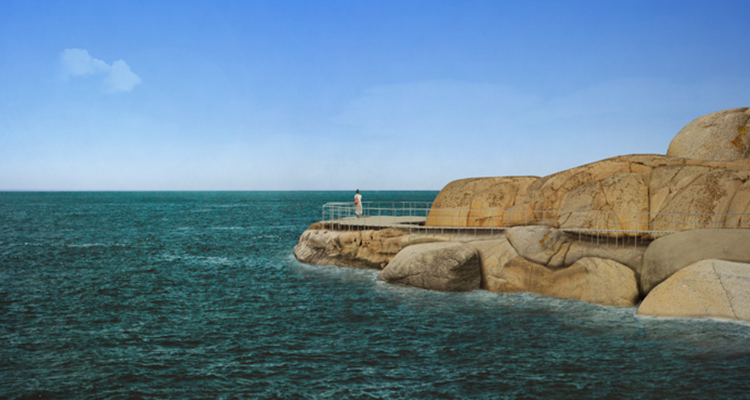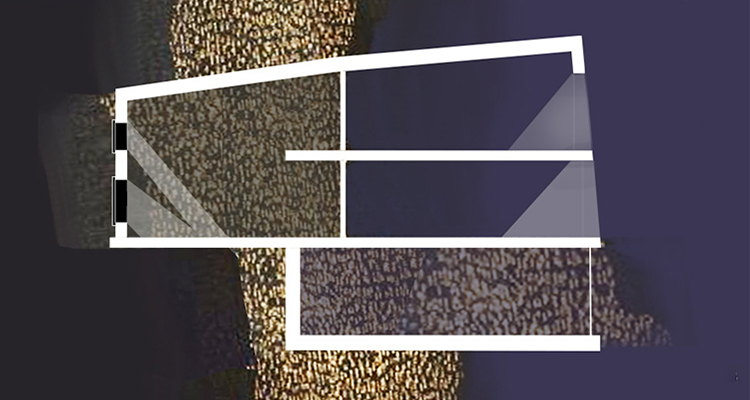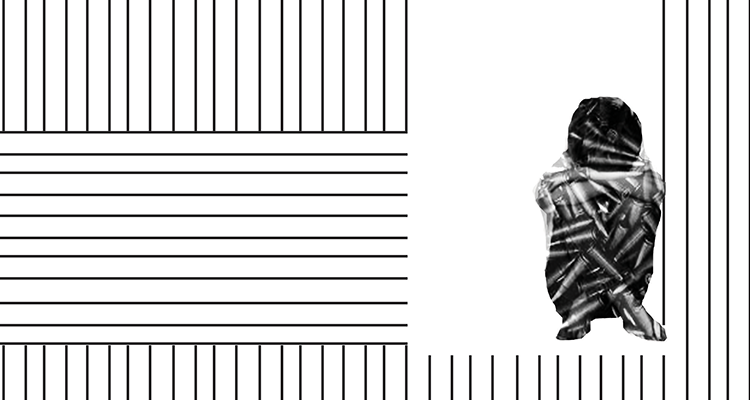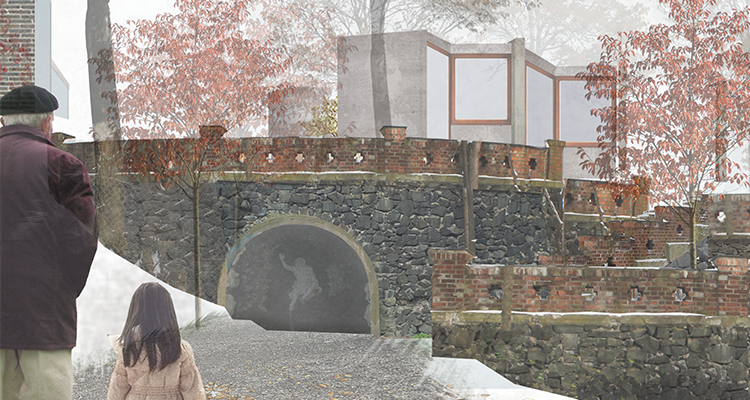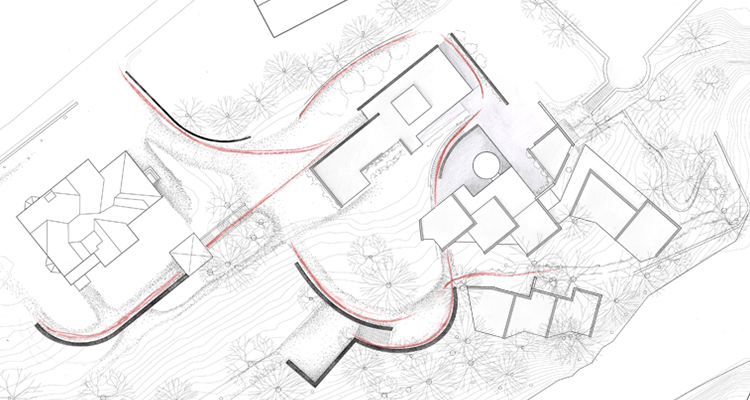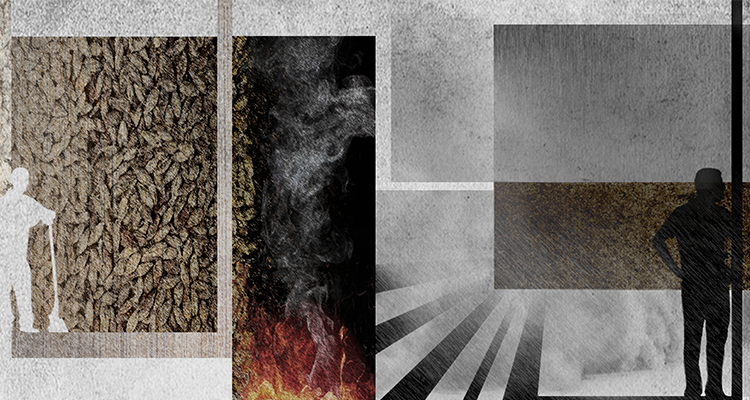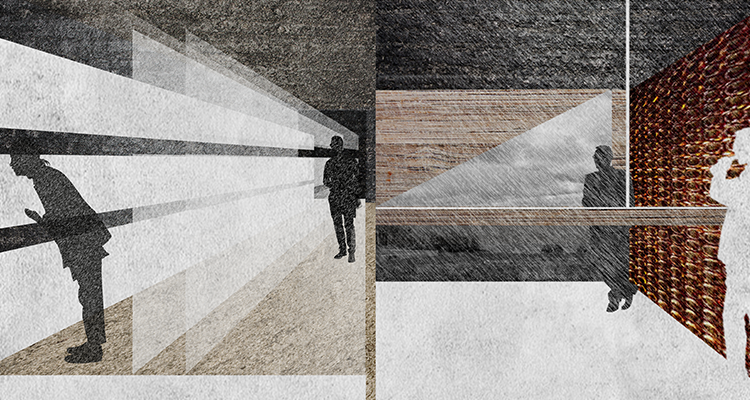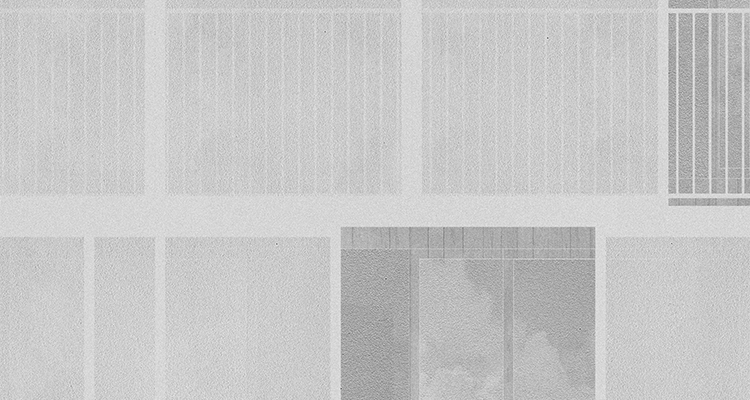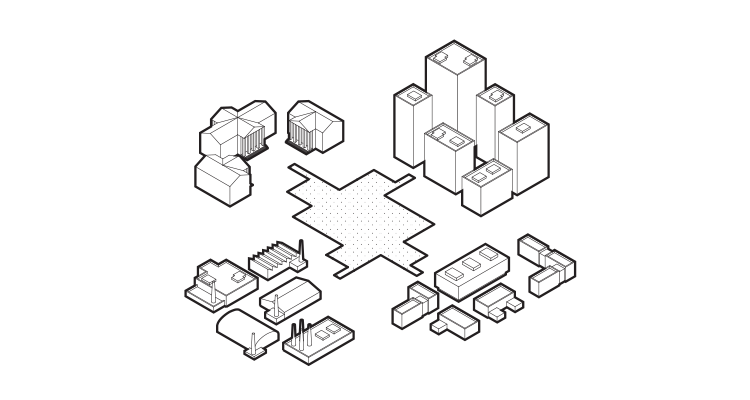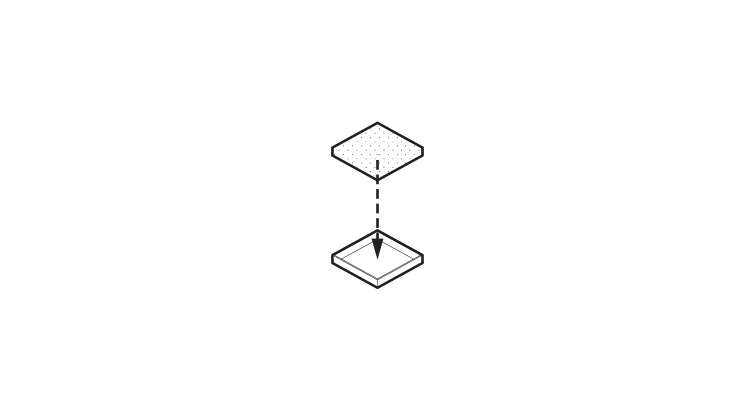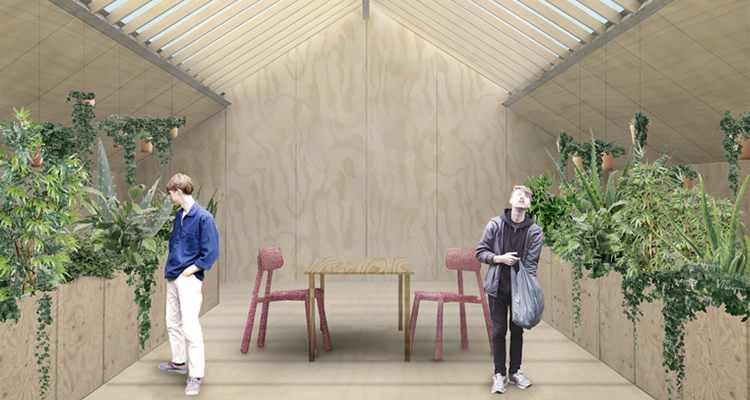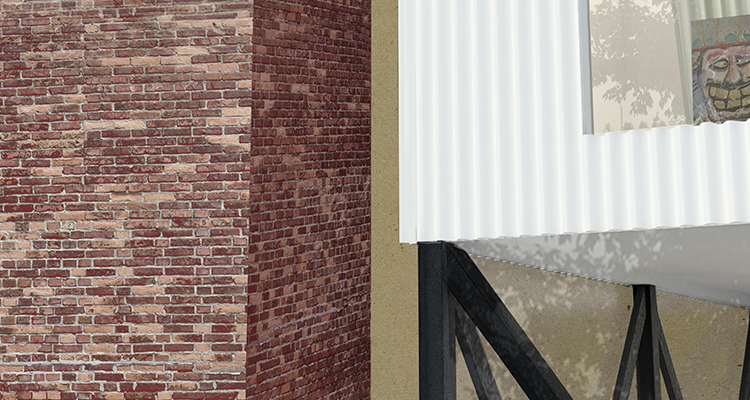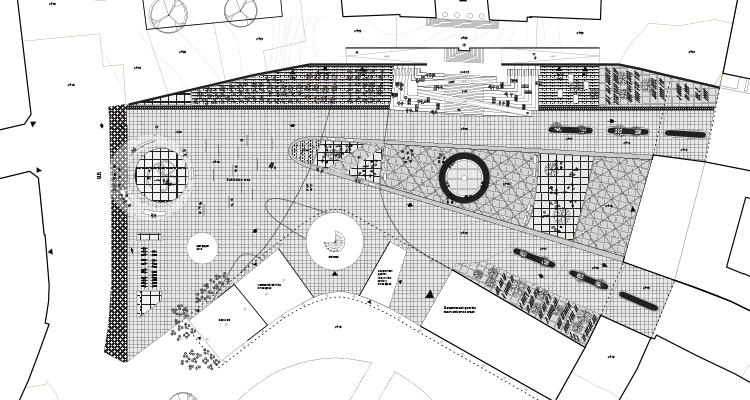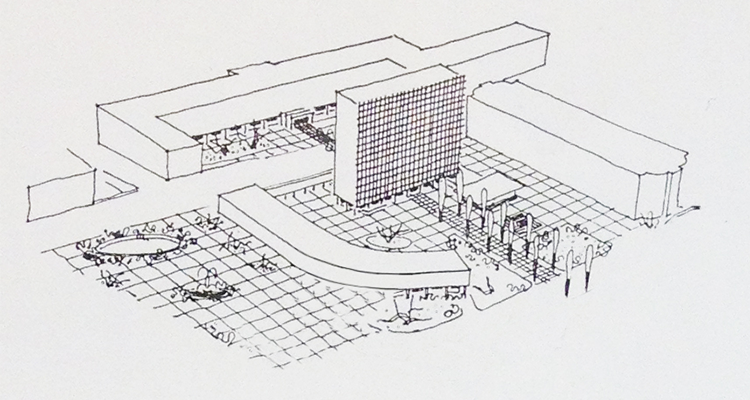By using Municipal Solid Waste Incinerated fly ash(MSWI-fly ash), left over from when our unsorted trash is burnt, to make geopolymer concrete, we can reduce the needs of highly debated waste depositing and the environmental footprint of making concrete.
Diplomprosjekt
The task aims to generate living units with the feeling of a home, even if it is for a limited time - for a while. A home that gives the inhabitants possibilities to play part in different daily chores - today and in the future. Residential living perceived as an open situation where daily commitments can be shared with the township of Sagene.
My diploma is a possible answer to rearrange facilities to understand the collective as togetherness - interference - on my own.
Feeling at home, for a while.
My diploma is a possible answer to rearrange facilities to understand the collective as togetherness - interference - on my own.
Feeling at home, for a while.
The site at Bjølsen used to be a mill director’s home with an english garden with a mural, stairs, and brick walls in a green lung of an industrial neighbourhood. By re-interpreting the english garden, we have created a building which offers a range of different settings, from the formal front garden by the manor to the wild forest and the river. With this we wish to encourage the patients and their relatives to interact with nature for them to appreciate life.
The thesis is dealing with the challenges of working within a remote and important cultural and historical setting. The wish is to bring a new industry to the island that improves the existing situation.
The whisky distillery is chosen for its programmatic potential to the surrounding landscape, culture and history. Whisky has a strong connection to its landscape, from its sources of water and grain to its production and storage, yet it is the history of the island and its people that will bring it to life.
The whisky distillery is chosen for its programmatic potential to the surrounding landscape, culture and history. Whisky has a strong connection to its landscape, from its sources of water and grain to its production and storage, yet it is the history of the island and its people that will bring it to life.
The existing building is adapted to contain a cafe, workshops, exhibition spaces and an office collective. It is a place to meet, activating the street and uniting the cultural activities in the city, and encouraging local urban renewal.
An intermediate floor contains common rooms and a roof terrace. Above there are three floors of housing, designed to accommodate families and adapt to life changes. The layering of the facade provides flexibility, lightness and transparency.
An intermediate floor contains common rooms and a roof terrace. Above there are three floors of housing, designed to accommodate families and adapt to life changes. The layering of the facade provides flexibility, lightness and transparency.
Over 150 municipal buildings in Oslo are standing empty and decaying. To facilitate arenas where people can benefit from each other’s capacities in terms of services, and where the focus is based on the individual’s well being rather than financial gain, can be a way to contribute to less pressure on funding from the public.
The selected building is located in Thulstrups gate 4 at St. Hanshaugen. The building is designed by architect Ole Øvergaard and raised in 1934. The new program of the building will consist of a combination of private, semi private and common facilities.
The selected building is located in Thulstrups gate 4 at St. Hanshaugen. The building is designed by architect Ole Øvergaard and raised in 1934. The new program of the building will consist of a combination of private, semi private and common facilities.
In this development we see skilled labor migrating from corporations to coworking spaces leading to a series of shifts; from corporate to collective ideology, economic security to uncertainty, unified to fragmented institutions, and possibly influencing a shift from major developments to micro-city facilities. In the face of the digital age and context of neoliberalism, where so many can work apart and every individual is a competitor, coworking seems to emerge as an enduring necessity, exploring notions of community.
The pilgrimage route stretches from Oslo to Trondheim and consists of a five-week long hike through the diverse Norwegian landscapes. To meet the requirements for simple and inexpensive accommodation, the project focuses on low-costs production and assembly efficiency.
A pilgrimage is both a physical and a spiritual journey. The project illustrates both of these aspects. The pilgrim’s journey continues within the layout of the project, leading from the openness of nature into an enclosed space to rest, share and reflect.
A pilgrimage is both a physical and a spiritual journey. The project illustrates both of these aspects. The pilgrim’s journey continues within the layout of the project, leading from the openness of nature into an enclosed space to rest, share and reflect.
From the open social street to the autonomy and introverted privacy of one self. The center seeks to filter this transition gradually through the users need for intimacy.
The constellation of houses takes you trough the context of Brugata 3, an urban infill that transitions between the busy pedestrian street to the large calm courtyard in the Prindsen area.
The constellation of houses takes you trough the context of Brugata 3, an urban infill that transitions between the busy pedestrian street to the large calm courtyard in the Prindsen area.
The aim is to investigate and present an alternative design to the site that in the Government Quarter Regulation plan is presented as a government park. The goal is eventually for the restored Arne Garborgs plass to become an Agora for the Surrounding urban area of Akersgata, the Government Quarter, and the Hammersborg “Acropolis” Hill. The design of the Agora itself is rooted in the historic layers of the site, and links past, present and future.
